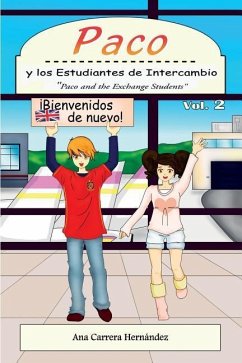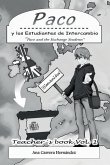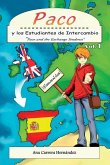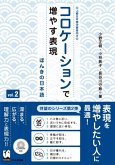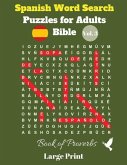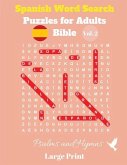"Paco y los Estudiantes de Intercambio, Vol. 2" is a book for learners of Spanish that is easy to follow and fun to read. The activities included in each chapter prepare students for the demands of their language exams in a friendly and engaging manner."Paco y los Estudiantes de Intercambio, Vol.2" is the second book of the series "Paco y los Estudiantes de Intercambio", a book created using the vocabulary and the grammatical structures that students learn when they are just starting to get to know the language in years 7 and 8. It follows the structure of the most frequently used textbooks in secondary schools, each chapter focusing on the relevant grammar and content taught at KS3. Following the structure of the first volume, each chapter offers accessible activities, many of which mirror the Spanish GCSE exam questions so that students can familiarise themselves with future examination requirements.
Hinweis: Dieser Artikel kann nur an eine deutsche Lieferadresse ausgeliefert werden.
Hinweis: Dieser Artikel kann nur an eine deutsche Lieferadresse ausgeliefert werden.
